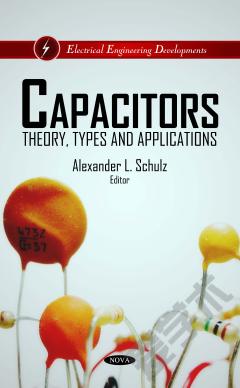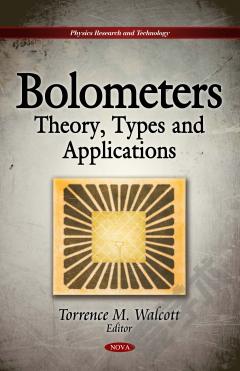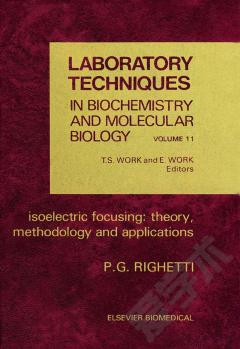Electrolysis: Theory, Types and Applications
High temperature electrolysis (HTE), which is the highly efficient electrolysis of steam at high temperature and utilizes the heat and electrical power supplied by advanced nuclear reactor, provides a very promising way for massive production of hydrogen in the future. This book provides an overview of HTE technology including its key characteristics and challenges of solid oxide electrolysis cell (SOEC) development. This book also examines the theory of electrical double layer, which is an essential electrochemical problem. The phenomenological theory of interfacial phenomena is also explored, with consideration of surface polarization. Furthermore, the electrochemical reduction of nitrate has a great importance mainly for environmental and analytical purposes. This book provides a review of 225 papers dealing with the electrochemical reduction of nitrate. Other chapters introduce the application of electrochemical method for treatment of domestic wastewater and industrial wastewater, propose a novel point of view concerning some theoretical and practical aspects of isoelectric focusing, describe the electrochemical oxidation of strontium chloride (SrCl2) to strontrium chlorate employing a noble metal oxide coated anode and rotating stainless steel cathode, and report a preparation method suitable for requirements of industrial applications to graft active polymer films. Experimental studies on electrodeposition of silver-indium (Ag-In) alloys are also described, as well as the application of the electrochemical discharge phenomenon to synthetic chemistry, nanoparticle synthesis and micromachining.
{{comment.content}}








 京公网安备 11010802027623号
京公网安备 11010802027623号